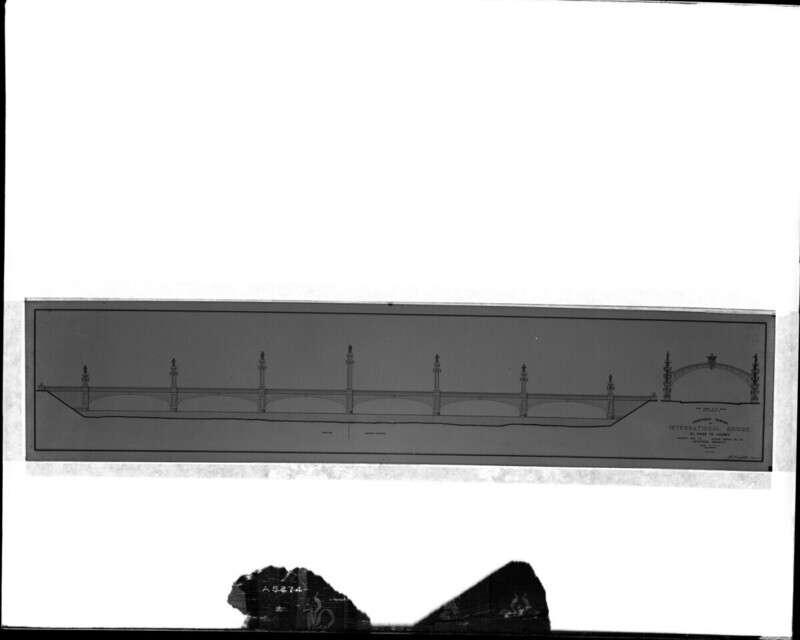Recovering Latinx Resistance
A DH approach to recovering, preserving, and sharing historical and contemporary acts of dignified refusal by Latinx youth, supported by the US Latino Digital Humanities Center-Mellon Foundation Grants-in-Aid
About Recovering Latinx Resistance, a USLDH Pilot Project
This project mobilizes archival research and digital humanities storytelling to critically engage recent immigration policies through histories of Latinx resistance at the US-Mexico border. Geared towards Latinx youth and young adults, this public-facing, interactive website emphasizes dignified acts of refusal against a range of historical forms of border violence.
This proof-of-concept pilot project supported by USLDH brings together archival materials related to Carmelita Torres, the 17-year-old girl who in January 1917 refused to undergo the humiliating, noxious delousing bath required to cross into El Paso for work as a domestic maid. In the midst of the Mexican Revolution and reports of a typhus outbreak, El Paso became the first US point of entry to subject Mexican day laborers to “sanitizing” baths. Clandestine photographs of stripped men and women circulated locally and the toxic baths proved deadly on some occasions. According to newspaper accounts analyzed by scholars such as David Dorado Romo (2005) and Miguel Antonio Levano (2012), Torres led a charge to get off the women’s trolley and walk back towards Juárez in protest of the delousing baths. The fellow women on her trolley joined her and convinced US-bound trolleys of men and women to join their action. Ultimately, the chemical delousing practice continued and spread throughout the border, but the story of this “Latina Rosa Parks” (Smith, 2015) provides insights into the radical moments of refusal and resistance that nourish long-term change. For Latinx youth and young adults disenfranchised by a range of administrative violence, discriminatory surveillance, and labor inequities, Torres’ story is of critical importance. Recovering Latinx Resistance offers users a mediated heritage of dignified refusal and resilience.
Featured above, an architectural design for an ornate international bridge never built emblematizes the push and pull of archival research around minoritized historical figures. Archived by the El Paso Public Library and projected onto a digital mural by the El Paso Museum of History, this 1910 plan envisioned a concrete and steel bridge to replace the wooden bridges of its time, such as the one that Carmelita Torres crossed daily and acted defiantly upon. It was supposed to feature statues of prominent Mexican and American men to be admired en route between El Paso and Ciudad Juárez. Like many archival searches, this blueprint yields an unrealized vision of the future. It pushes forward a vision of bi-national connection that projects a European cosmopolitan aesthetic grounded in honoring prestigous men. Though never built, it is nonetheless intimitely tied to the conditions that produced it. For this project, this artifact speaks to the challenges–the pull, the lure, of archival research as well. It offers a prompt for a shadow archive that would not have been preserved by institutions of its time. What would it mean to reconceive of a bridge that honors, makes room for, and meaningfully connects the young Mexican and Mexican-American women foundational to the labor, cultures, and geopolitical significance of this cross-border zone? Inspired by the public-facing, interactive digital wall of the El Paso Museum of History, this pilot seeks to spark intergenerational dialogue through archival materials.
In El Paso, TX and Seattle, WA I shared Carmelita’s story with Latinx youth and extended the conversation by asking: When did you stand up for yourself/ your family/ your beliefs? Their answers, available on this digital exhibition in PDF transcriptions, encompassed a range of emotions and topics. What unites these answers is a keen interest and a clear need for sharing and preserving Latinx youth’s acts of dignified refusal.As a youth-oriented project, Recovering Latinx Resistance introduces components of archival research and showcases how historical materials produce a range of meaningful relationships to contemporary lived experiences and media landscapes.
Looking ahead, a more robust version of Recovering Latinx Resistance will invite users to explore affective responses to archival materials, personal connections to stories of Latinx resistance, and ideological parallels over more than a century of border history. The aim of this project, developed here for proof of concept, is to ultimitely serve as
- an accessible digital repository of primary sources with special attention to image-based ephemera
- a catalyst for intergenerational conversations among Latinx families
- a platform that publishes accounts of Latinx youth resistance to structural violence
